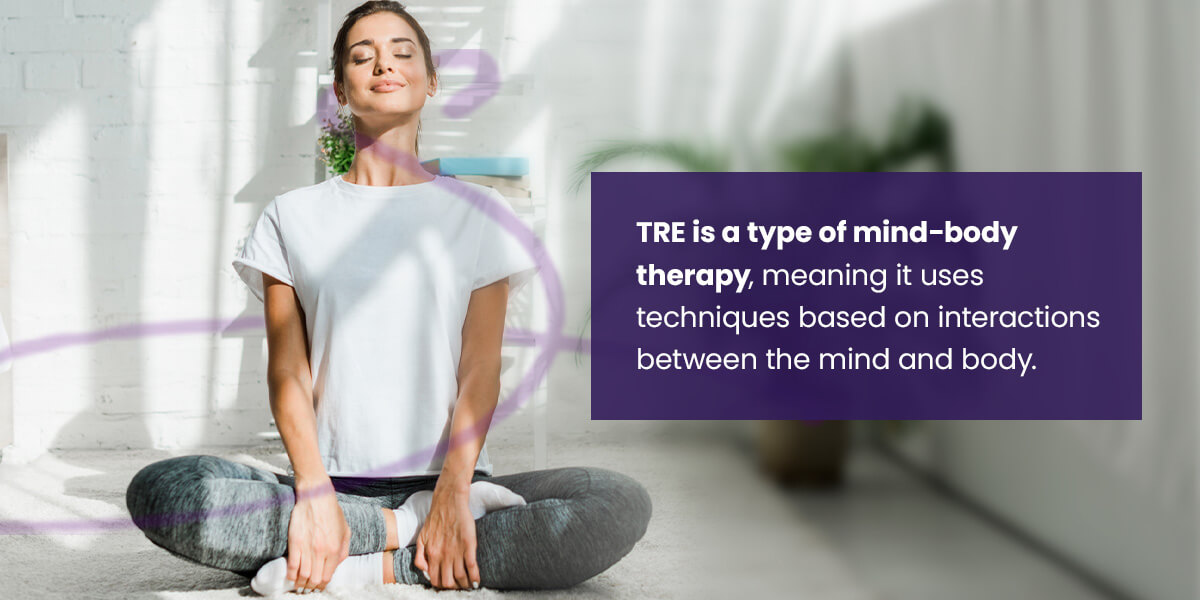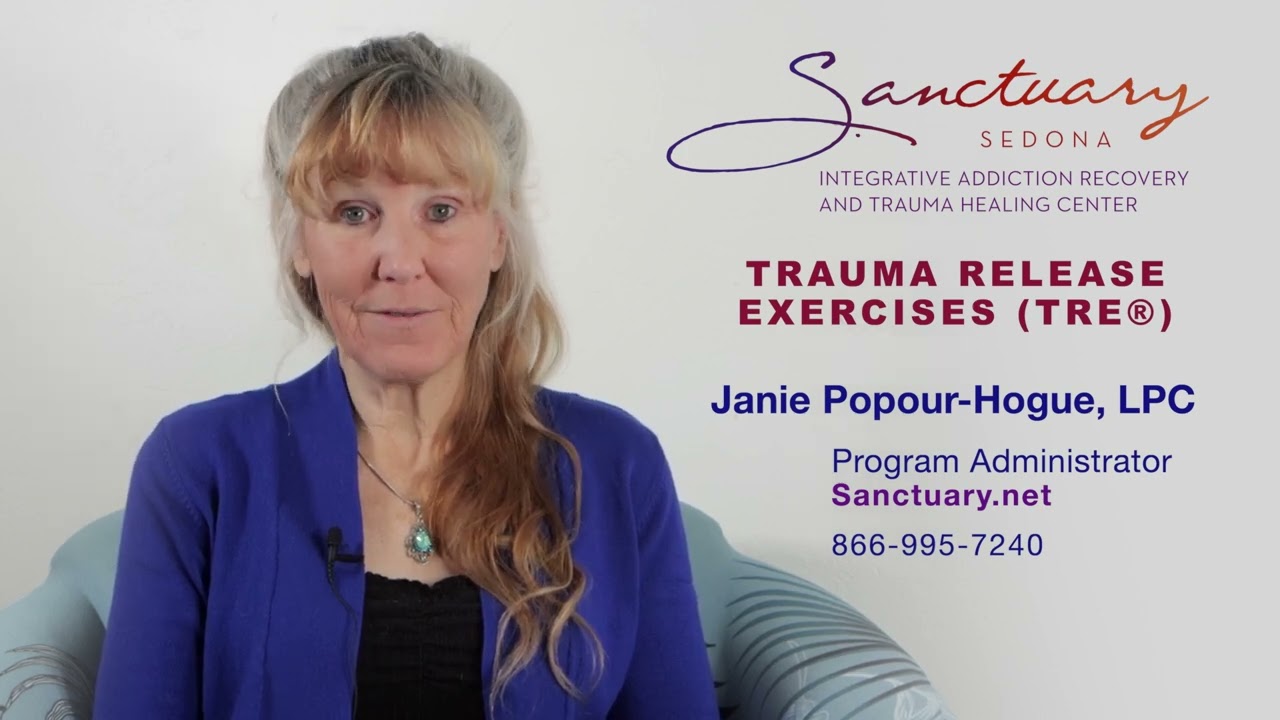What Is TRE and How Does It Work?

TRE is a type of mind-body therapy, meaning it uses techniques based on interactions between the mind and body. Created by trauma intervention expert Dr. David Berceli, TRE aims to reduce stress and release deep muscle tension.
Sometimes, when the body experiences stress, the fight-or-flight instinct activates, and muscles may tense in response. The sympathetic nervous system reacts by providing a burst of energy you may need to respond to danger. Among a set of complex reactions, the heart beats faster to pump more blood to muscles and certain organs. The muscles may tense up to prepare for action.
Some muscle groups store the tension that builds up during the body’s stress response. The psoas muscle, which surrounds either side of the base of the spine, can contract, lock and store this tension. Large muscle groups in the neck and shoulders also tend to store tension caused by stress.
TRE techniques were designed to release tension locked deep inside muscles. By targeting deep muscle memory in key regions, these exercises can trigger natural reflexes to induce shaking. While the effect of shaking soothes the nervous system, inducing this response also causes muscle vibrations to move throughout the body. The tension then moves outward from core muscles as it is safely released.
The exercise program includes a phase of rest to instill mental and physical calm before muscles are triggered again. The sessions typically last about 15 minutes. TRE was designed to target the physical effects of trauma, while other therapies focus more on resolving the core cause of trauma. Be sure to pair TRE techniques with appropriate trauma recovery therapies like cognitive behavioral therapy.
After you learn how to do TRE and practice it with a professional, you can also use it as a self-help technique wherever and whenever you want.







